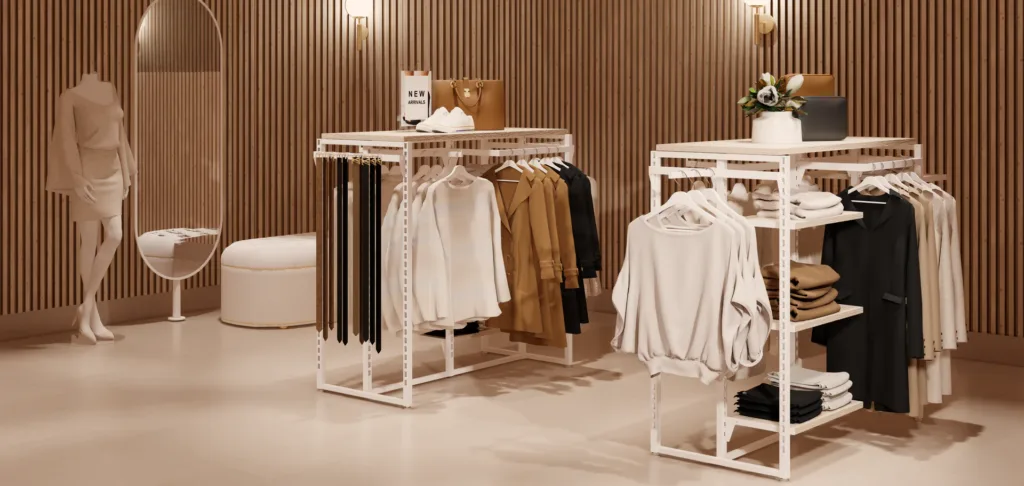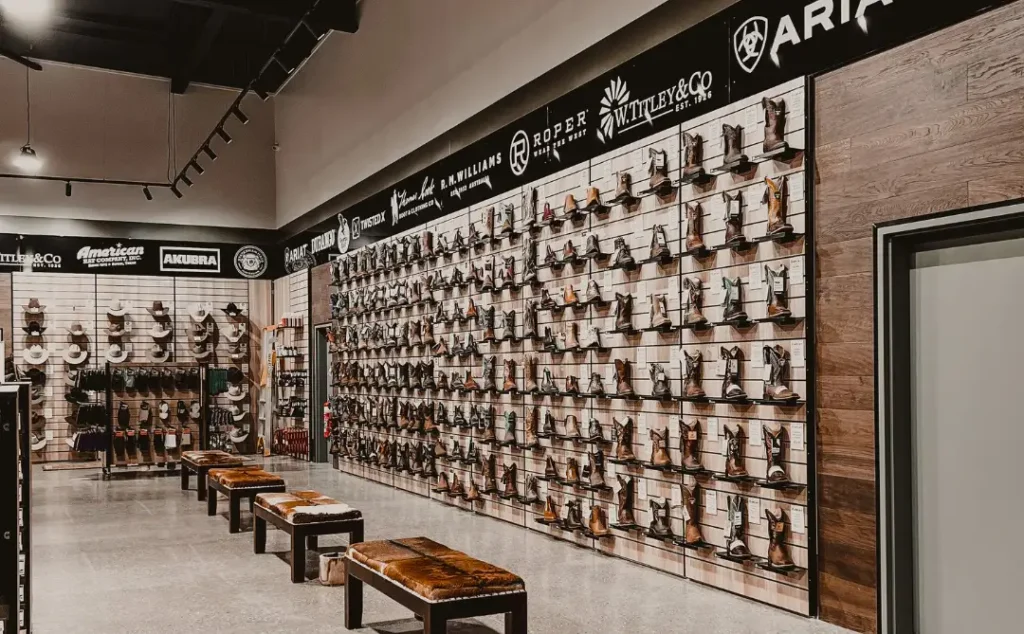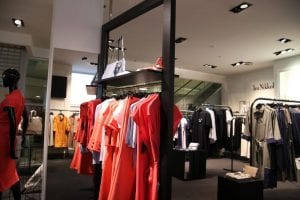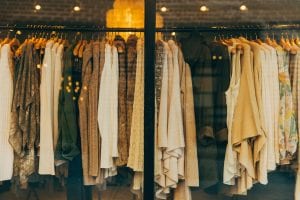The retail landscape is in a constant state of evolution. Paired with changing consumer preferences, mastering effective visual merchandising in your store is critical. With the increase in competition and technology, product displays are important. They are a powerful tool to convert browsers into buyers.
Modern retailing has significantly changed our buying behaviour, including increasing brand loyalty and product knowledge. So how has visual merchandising changed? The link between purchasing behaviour and product displays is quite significant.
Effective visual merchandising is about more than just showcasing what products you have. The different methods used to create visual merchandising displays create an experience that captivates the customer. Creating an immersive experience drives more sales, leading to an increased ROI.
Here are the 3 most important merchandising principles when navigating these displays: –
Three is not always a crowd
One of the most effective merchandising principles is using the rule of three. This is simply placing three items together, creating visual symmetry. This method, known as the pyramid principle, involves highlighting the main product and placing other products in the front. When merchandising, the odd number of products creates a sense of imbalance that attracts the attention of the customer.
Product stimulation
The cross-merchandising principle means merchandising both the focus product and any complementary products. Using adjacent products in displays creates a product flow.
This strategic placement of complementary products will stimulate purchases of more products and lead to more impulse purchases. This method involves placing slow-moving products next to popular items to make them more visible.
Eye level is buy level

Products that are in the direct line of sight of the customer, are more likely to grab attention.
Placing products within 1.2m to 1.5m high will attract more attention to them. This is 35% more than products on higher or lower shelves. This is a great way to merchandise any high-profit items and ensures a higher purchase rate. drawing attention to high-profit items aids in the store’s overall ROI.
The analysing game
Knowing how to place products around your store is important for its overall success. However, this may not be enough to stand out in a competitive market. Here are important factors to consider when merchandising:
Analyse your product sales.
Effective visual merchandising is never a static activity. Merchandising is trial and error. The constant changes in society with the addition of technology, and changing customer preferences affect effective visual merchandising. Choosing a method to merchandise a display will depend on outside factors.
Factors to consider when merchandising, are:
- Latest fashion trends
- Updates in technology
- changing customer preferences.
This means that updating the product placement regularly is important to the overall success of a retail store.
Using a planogram or space planning program will allow you to link a product and placement in your retail store, tacking your overall sales. This allows you to make a heat map of your store and link the product to the location. By using this tool, you can effectively merchandise your product based on the sales data received.
Don’t let your fixtures be fatal.

Your retail store fixtures form the foundation of your merchandising techniques. This applies to both the aesthetics of the fixtures as well as their placement within your retail store. These characteristics play a role in the customer’s overall buying decision.
Placing circular displays at the end of your aisle attracts customers looking for promotions and product information. Customers are drawn to these displays to see the available deals and featured products in that aisle. This strategy can help increase foot traffic and sales in that area of your store.
The aesthetic of store fixtures plays an important role in the customer’s perception of your retail store. The use of materials such as timber and steel communicates high-quality products in the store. Customers will understand if they are the target market based on the shop fitting. The materials of your retail product should adequately communicate the price point of your product.
Incorporate the 5 senses.
Creating an atmosphere within your retail store is just as important as your product placement. When a customer enters the store, you want them to linger and browse the products.
Using methods that incorporate all the senses, such as perfume, mood lighting and music impact the overall customer experience. Immersive environments will encourage them to stay in the store. This method is known as sensory branding.
Sight is the most common sense used within the retail store. By combining elements such as colours, lighting, and contrast, you create an ambiance in your retail store.
In addition to this, the use of sound and smell with trigger an emotion within the customer. This encourages them to immerse themselves in the shopping experience. These elements will also tell the customer what sort of products and price point to expect within the retail store.
Maximise your product exposure.
A foolproof way to increase impulse purchases in your retail store is through your method of visual merchandising. By taking full advantage of your retail space, you are better able to maximise your product exposure. Making use of floor displays can increase the space available for product displays. These displays create aisles and product sections within your store.
By creating aisles within your store, your create the traffic paths that customers would take when visiting your store. Using product placement you are able to force a customer to pass high profit items to get to the product they ‘need’.
By placing the ‘need’ products in the back of the store, you increase the chances of impulse purchases. This leads to a higher sales revenue within the store. This is called the Magpie effect.
In conclusion, effective visual merchandising is a critical skill for the survival of a retail store. Understanding the basic merchandising principles and developing a strategy behind them, you gain a competitive advantage in the industry. Leveraging these principles to create an immersive experience for your customer can maximise your store’s profitability.
Embrace innovation and stay attuned to market dynamics. Continuously refining your approach unlocks the full potential of your retail store.
Need help designing your store? Contact Apex Display today, to have an in-depth consultation about your retail needs. With 50 years of retail experience, our store design offers great solutions for you. Contact us today to discover how we can support your retail goals.









